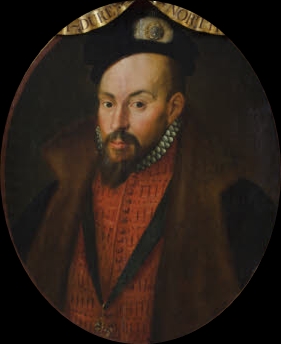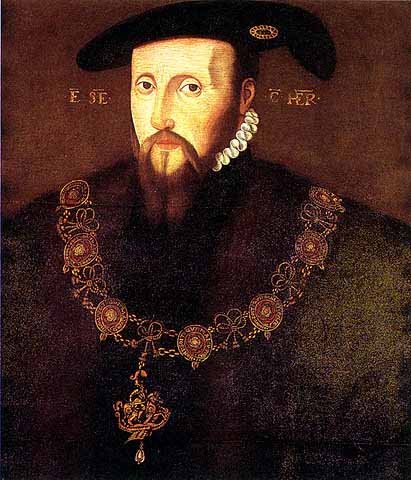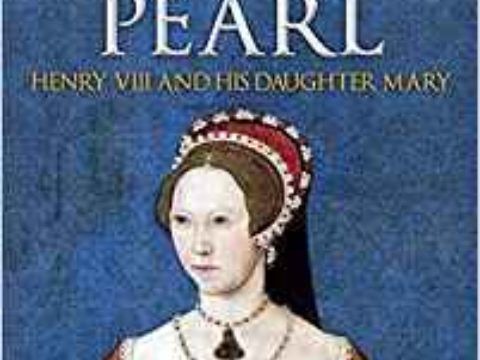Katherine Grey: Life Story
Chapter 4 : Ambition
In the aftermath of the summer rebellions, a coup, led by John Dudley, Earl of Warwick, overthrew Somerset as Protector. Warwick became Lord President of the Council, and appointed Dorset to a place on it. All of the chief men on the Privy Council were now Protestants (although the term was still not generally used.)

Dorset’s new position on the Council led to a clutch of honours and offices being granted to him, and the family resided mainly at Dorset House, in London, to give access to the Court.
Based on a passage in one of the Grey tutors, Roger Ascham’s, book, The Schoolmaster, Dorset and Lady Frances have been characterised as abusive parents, certainly in relation to Katherine’s older sister, Jane. Ascham reports that Jane complained, in effect, that nothing she could do pleased her parents, who punished her with nips and pinches.
The biographer of the sisters, Leanda de Lisle, puts this plaint into context, citing more contemporary accounts that suggest that Jane was no more harshly treated than any of her contemporaries, and also pointing out that Jane was a young teenager – an age recognised even in the Tudor period as being one when rebellion against parental authority was normal, although they believed it had to be firmly nipped in the bud.
There are no records of how Katherine felt about the strict regime of study, but she was not destined for greatness like Jane (whom Dorset still fondly believed might one day marry Edward VI) and was not encouraged to be the paragon of learning that her older sister was. Whether this is a reflection of the differing intellectual capacities or tastes between the girls, or the amount of effort expended on Jane, cannot be known. Certainly, Jane was exceptionally intellectually gifted, whilst Katherine seems to have been less interested in academic pursuits.
In 1550, grief struck the family when Lady Frances’ two half-brothers, Henry, 2 nd Duke of Suffolk, and Charles, died on the same day of the sweating-sickness.
The Duke of Somerset had never been content with having been ousted from the Protectorship and was hoping to be reinstated. Warwick could not stomach the idea, and found means to undermine him, claiming there was a plot by Somerset to capture and murder Warwick and Northampton.

In another round of new honours, orchestrated to strengthen Warwick and his supporters on the Council, the Dukedom of Suffolk was recreated for Dorset and Lady Frances, Warwick was promoted to the Dukedom of Northumberland, and William Herbert, brother-in-law of the late Queen Katherine Parr, and another evangelical, became Earl of Pembroke. Somerset was arrested, and the new Duke of Suffolk signed the warrant for his removal to the Tower of London, from which he never emerged – Northumberland and Suffolk both sat as judges at his trial.
The Suffolks were riding high and were often at court. On the visit of Marie of Guise, Dowager Queen of Scotland, Frances sat at her left hand at the feast ( Lady Mary having declined to attend).
In religious matters, what had begun as evangelicalism and the desire to hear the Word of God, was now moving towards the joylessness that was later associated with Puritanism. In the Suffolk household, the sisters were discouraged from music, and the servants forbidden to play cards. Plainness of dress was also becoming all the rage amongst the ‘Godly’ in contradistinction to conservatives such as Lady Mary who continued to dress resplendently. Ascham reported that the precocious Lady Jane, on receiving a magnificent dress from Lady Mary, refused it with an insolent message.
In 1551, a new Prayer Book was prepared. It was far more evangelical in tone than that of 1549, and the Archbishop of Canterbury, Thomas Cranmer, was not entirely happy with some of the more radical proposals – for example, he insisted on the retention of kneeling to receive Communion.
Lady Katherine Grey
Family Tree


